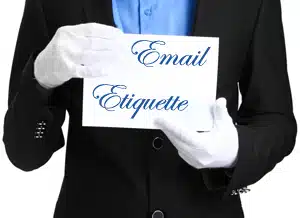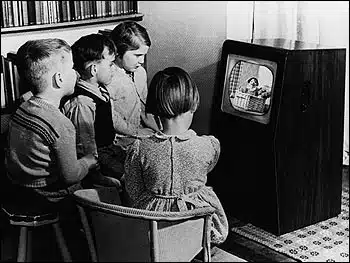While it’s always wise to hire a SEO professional for guidance in improving search engine rank, you can improve your SEO now with 5 easy tips (and save some cash).
This list is for the digital marketing do-it-yourselfer. Keep in mind the depths of search are vast and complicated. This entry level guide will give you enough confidence to dive in, and swim.
Start in Production
In the early phase of your website production, you’ll need to carefully determine which keywords are relevant and most popular about your business, goods, and services. These keywords will be part of the original blueprint for your website, and as the developers build your site page by page, these words will be used to name the page urls, which will help improve your overall SEO score, improving the usability and indexing of your site.
When carefully analyzed in the very beginning, this research can be used to create a website that Google loves to share in its top search results. If your website is already developed and you’re suspecting some mistakes might have your rank down, it’s essential you contact an SEO expert, like gotcha! Mobile Solutions, for a free assessment of your website. Our report will reveal crucial errors that could be affecting your website’s traffic and overall visibility.
Optimize Keyword Usage in Design Structure
In addition to building the foundation of the site, core keywords should be implemented throughout all other parts of your website design process. Page designers should be made well aware what focus search terms and words have been selected so that the structured pages can incorporate optimal keyword usage.
Just like the developers who work on the back-end of a website, designers also need to know keywords and direction to inspire their own ideas for the layout and visuals. Work together with your designers to ensure that SEO is drawn right into your website from the very beginning, and you’ll be fast on track for ranking success.
Create a Successful Content Strategy
Moving past the design, you can improve your SEO right now by mapping out an effective content strategy that incorporates correct usage of said keywords throughout the heading tags, images, page content, and blogs.
What does that mean at the moment? It means scour your website from top to bottom and from page to page. Once you have your concrete list of targeted keywords, you can begin to see the gaps in your published material. Don’t be generic when it comes to writing copy, and by all means make every word count.
Ditch any pre-written web text or product descriptions and customize all of your content so that it is packed full of rich keywords, which in turn will help improve your site’s ranking. To add even more value to your site, consider writing a blog. Yes, of course. You’re probably wondering why the heck you need a blog. The short answer is, the more SEO-packed content that you can continually add to your website, the faster your SEO score could improve. When in doubt, focus on writing engaging and evergreen web content that is timeless. Become an expert in your niche so that Google will identify you as such, and you’ll rank higher in search results just by producing frequent and compelling content. If you can’t pen that many words in a week, hire a professional content writer who can. The results will be worth it.
Incorporate SEO in Your Social Media
It’s not all pins and memes. Don’t forget to integrate social media into your successful SEO strategy. After all, social websites are considered search engines, all in themselves. Google will search social pages for signals that a website is active. While links may not improve your social ranking on their own, viral posts can have significant impact and will increase your page visibility.
Social profiles are often the first introduction a potential consumer has to your brand. Keep your social profiles updated and interesting to help boost the engagement on your pages, and to help direct traffic to your website. Increased web flow will organically improve your SEO score.
Hurry Up and Wait
It takes time to improve your SEO ranking, but these 5 do-it-yourself tips will help you save some money, when time is all you have to spend. Small start-ups and at-home businesses can still tackle SEO at-home without having to hire a professional web developer or SEO company. Then again, when you’re ready to expand, you’ll need to incorporate much, much more to continually improve your SEO score and ebb and flow with any upcoming Google updates. Search is always changing. The best way to stay ahead is to make sure your site checks off with each of these SEO tips.
Ready to hire our team of SEO experts? Let us do the work.
Give it your best, and then call gotcha! for the rest.


